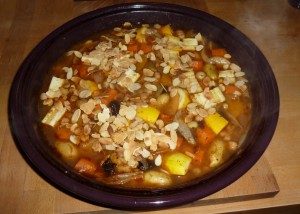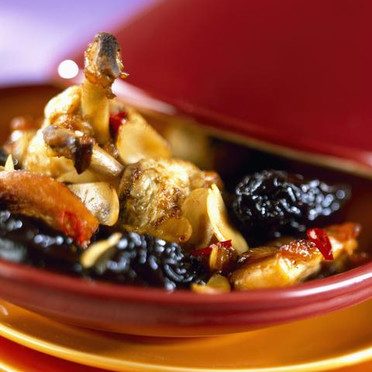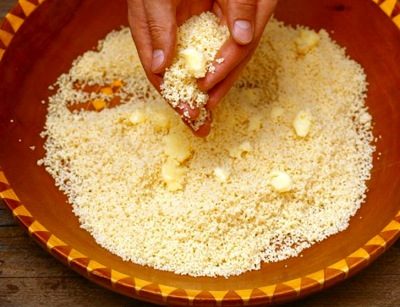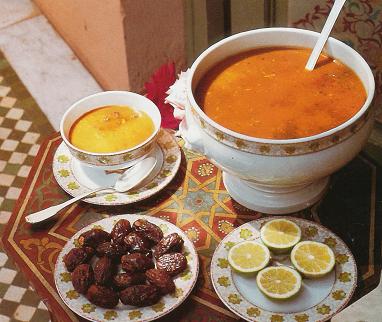Morocco offers plenty of fulfilling options for vegetarian travelers . It has wonderful and abundant fresh vegetables and spices like cumin, saffron cinnamon and paprika and seasonal fruits which you will see piled high in local souks.
Tag: Moroccan Cuisine
If you’re planning a Morocco vacation one of the best ways to discover the culture of the Maghreb is to taking a cooking class or a private, cooking course in Morocco’s Imperial Cities of Marrakech and Fes or consider a Moroccan culinary tour. Marrakech and Fes offer some of the Morocco’s best cooking classes as a result of their subculture and history of fine cuisine alongside being able to lay claim to some of the best restaurants in Morocco.
Tajines in Moroccan cuisine are slow-cooked stews braised at low temperatures, resulting in tender meat with aromatic vegetables and sauce. They are traditionally cooked in the tajine pot, whose cover has a knob-like formation at its top to facilitate removal. While simmering, the cover can be lifted off without the aid of a mitten, enabling the cook to inspect the main ingredients, add vegetables, move things around, or add additional braising liquid. To learn how to make a Moroccan tajine first hand, consider taking A Taste of Morocco tour or a local cooking class from a chef at a cooking school or university closest to where you live.
Moroccan cuisine is the culinary star of North Africa. Imperial and trade influence has been filtered and blended into Morocco’s culture. Being at the crossroads of many civilizations, the cuisine of Morocco is a mélange of Arab, Berber, Moorish, French, Middle Eastern, Mediterranean African, Iberian, and Jewish influences. Moroccan cooking is enhanced with fruits, dried and fresh — apricots, dates, figs, and raisins, to name a few. Lemons preserved in a salt-lemon juice mixture bring a unique face to many Moroccan chicken and pigeon dishes. Nuts are prominent; pine nuts, almonds, and pistachios show up in all sorts of unexpected places.
If you are an olive olive lover, you will find Morocco to be a paradise! All the different colors and varieties of olives are cured with different methods. The lemony greens, the succulent reds, and the pungent blacks are all done in several different ways, and each style has separate uses in the Moroccan cuisine. Once the olives are cut off the trees in mid-November, they are usually cut in Morocco with a razor blade, using a long, diagonal slash. During the hand-cutting, they are sorted by color into green, red, and black, all going into different vats.
Fes is the capital of Moroccan cuisine. Offering rich and distinct flavors of traditional dishes…
As both a starting point and a destination for merchants along ancient trade routes Morocco…
Dates have played an important part in Moroccan cuisine for thousands of years. Archaeological evidence…









